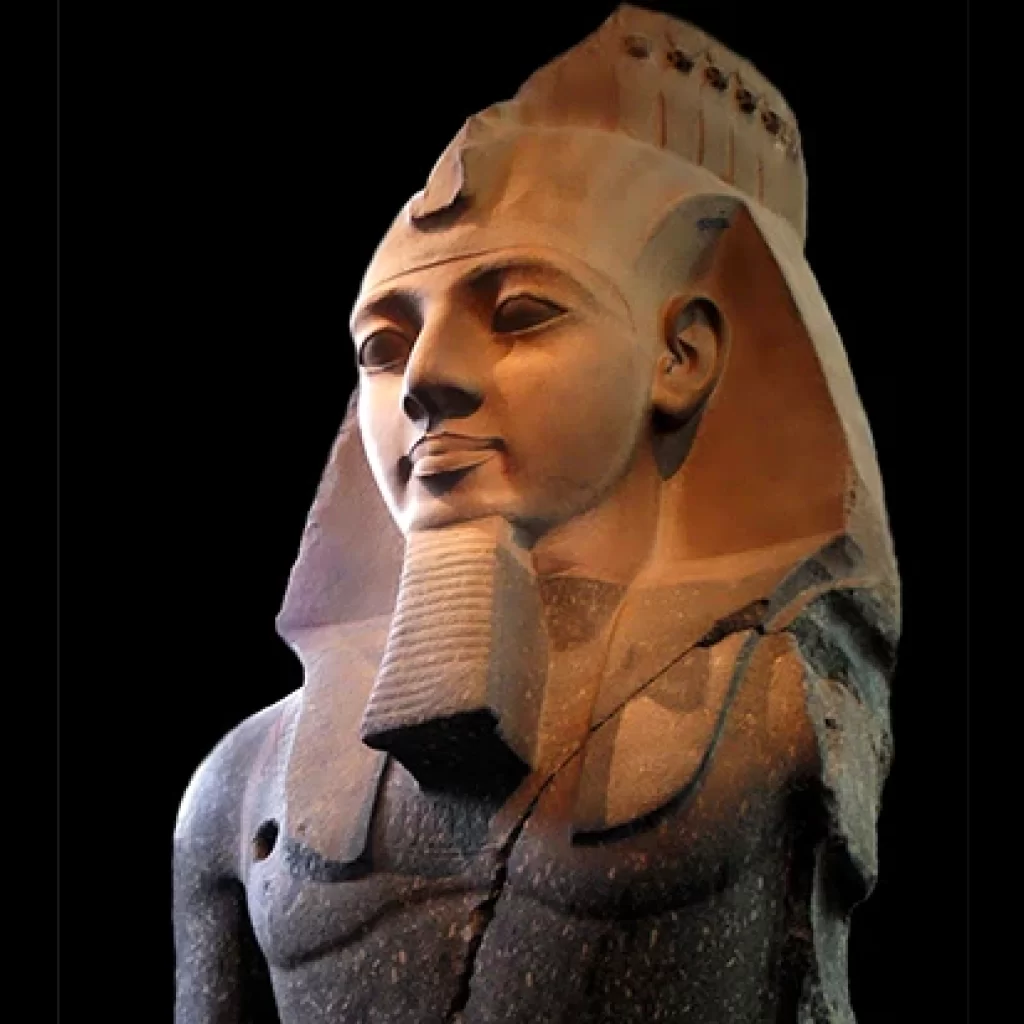
Ramesses II: Unraveling the Legacy of Ancient Egypt’s Greatest Pharaoh
Ramesses II, often hailed as Ramses the Great, looms large in the annals of ancient Egyptian history. With a reign spanning over six decades, he presided over a golden age characterized by prosperity, expansion, and unparalleled architectural feats. In this comprehensive exploration, we delve deep into the life, triumphs, and enduring impact of ancient Egypt’s most revered pharaoh.
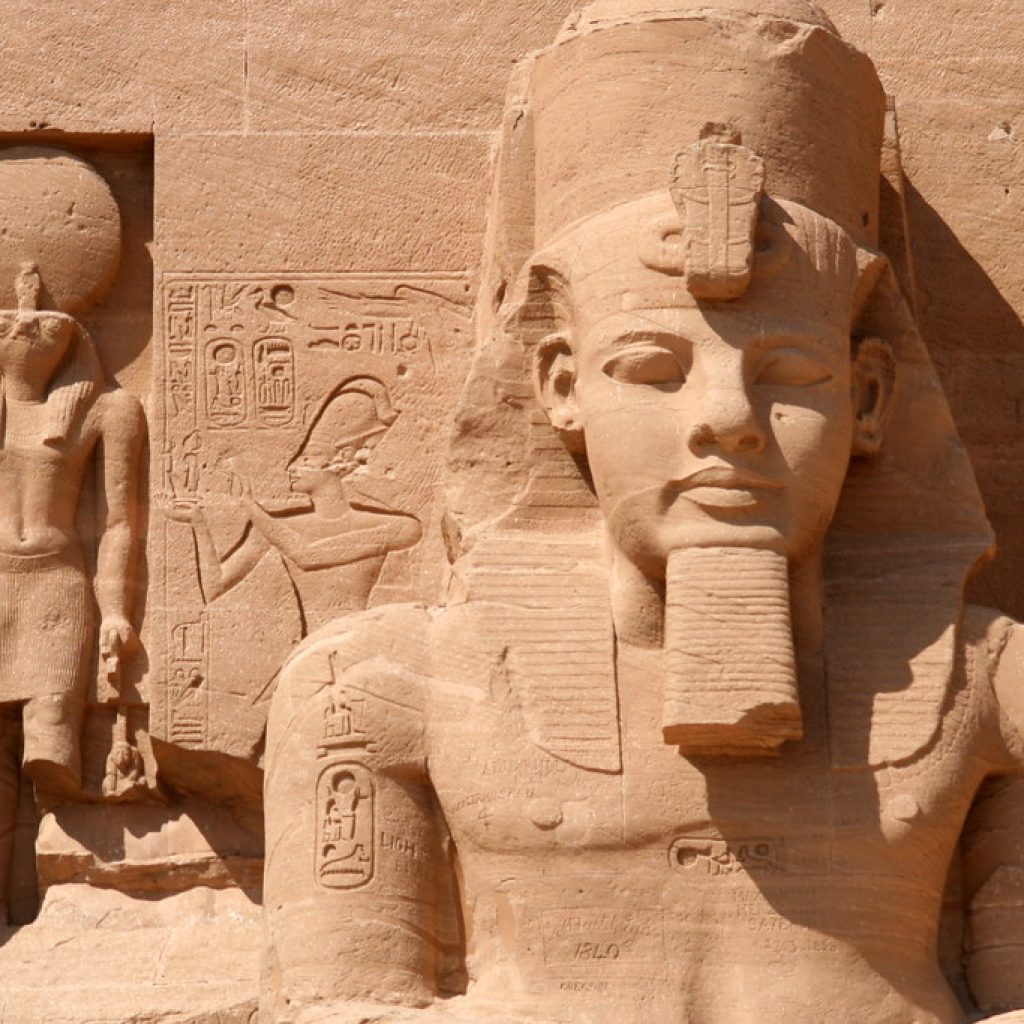
Ramesses II ascended to the throne during the 19th Dynasty of the New Kingdom period, inheriting a legacy of power and prestige from his predecessors. His rule marked a time of flourishing cultural and economic development, as well as military conquests that expanded Egypt’s influence across the region.
One of the most notable aspects of Ramesses II‘s reign was his dedication to monumental construction projects. From the grandiose temples of Abu Simbel to the towering statues at Luxor and Karnak, his architectural legacy continues to awe and inspire observers millennia later. These structures not only served as symbols of his power and divine status but also as enduring testaments to the ingenuity and craftsmanship of ancient Egyptian civilization.
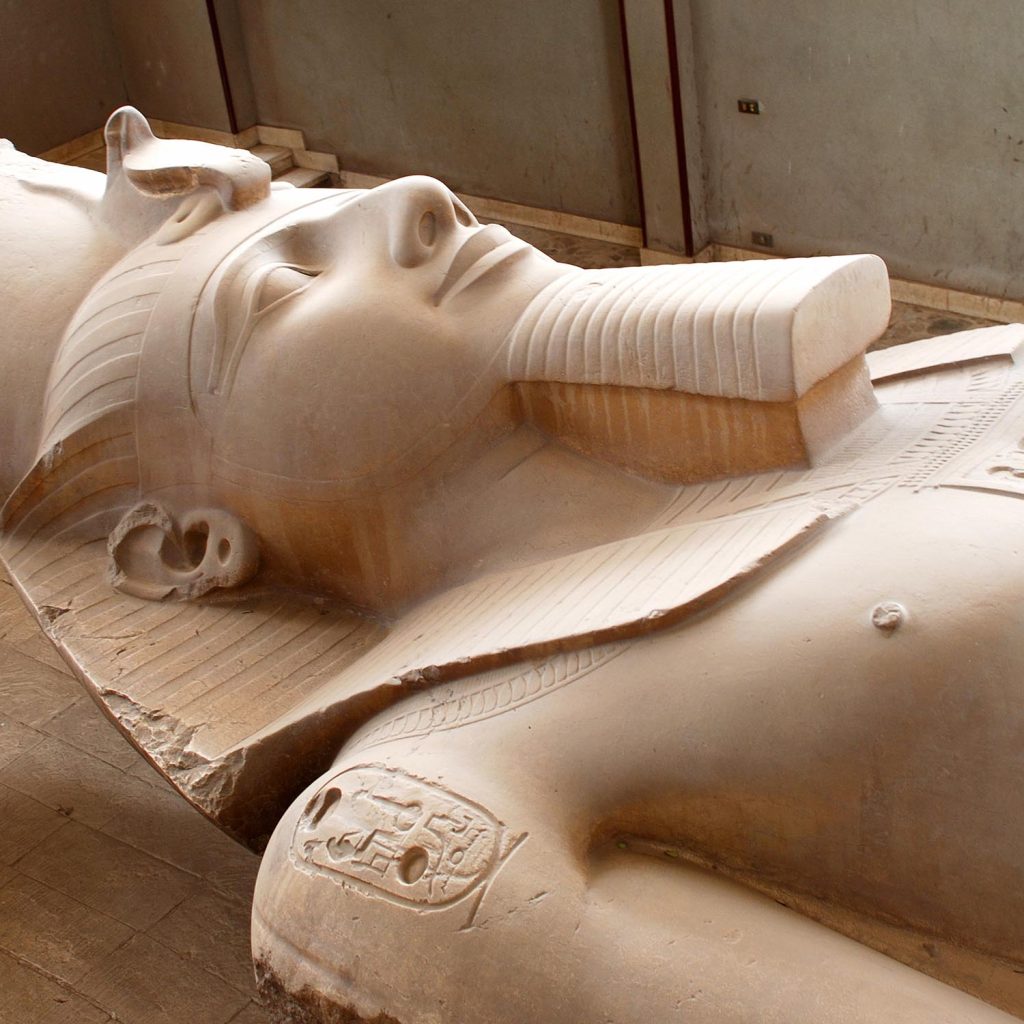
In addition to his architectural endeavors, Ramesses II was a skilled military leader who secured Egypt’s borders through strategic campaigns and diplomatic alliances. The Battle of Kadesh against the Hittite Empire stands as one of his most famous military achievements, showcasing his prowess on the battlefield and solidifying Egypt’s dominance in the region.
Beyond his military conquests and building projects, Ramesses II was also a patron of the arts, literature, and religion. He commissioned numerous temples and monuments dedicated to the gods and goddesses of the Egyptian pantheon, further solidifying his divine status among his subjects.
Ramesses II’s legacy extends far beyond his own lifetime, shaping the course of ancient Egyptian history for centuries to come. His reign is remembered as a time of unparalleled greatness, marked by cultural flourishing, military victories, and architectural splendor. Even today, the monuments and artifacts he left behind continue to captivate and intrigue scholars and enthusiasts alike, offering a glimpse into the grandeur of one of history’s most illustrious rulers.

Ramesses II was born into the Nineteenth Dynasty of ancient Egypt, likely in 1303 BCE, during a time of political upheaval. His father, Seti I, was a formidable military leader who laid the groundwork for Egypt’s resurgence after the tumultuous reign of Akhenaten. Despite being the third pharaoh of his dynasty, Ramesses II faced challenges asserting his authority early in his reign. However, through strategic alliances and military prowess, he solidified his grip on power and embarked on a reign characterized by unprecedented grandeur and ambition.
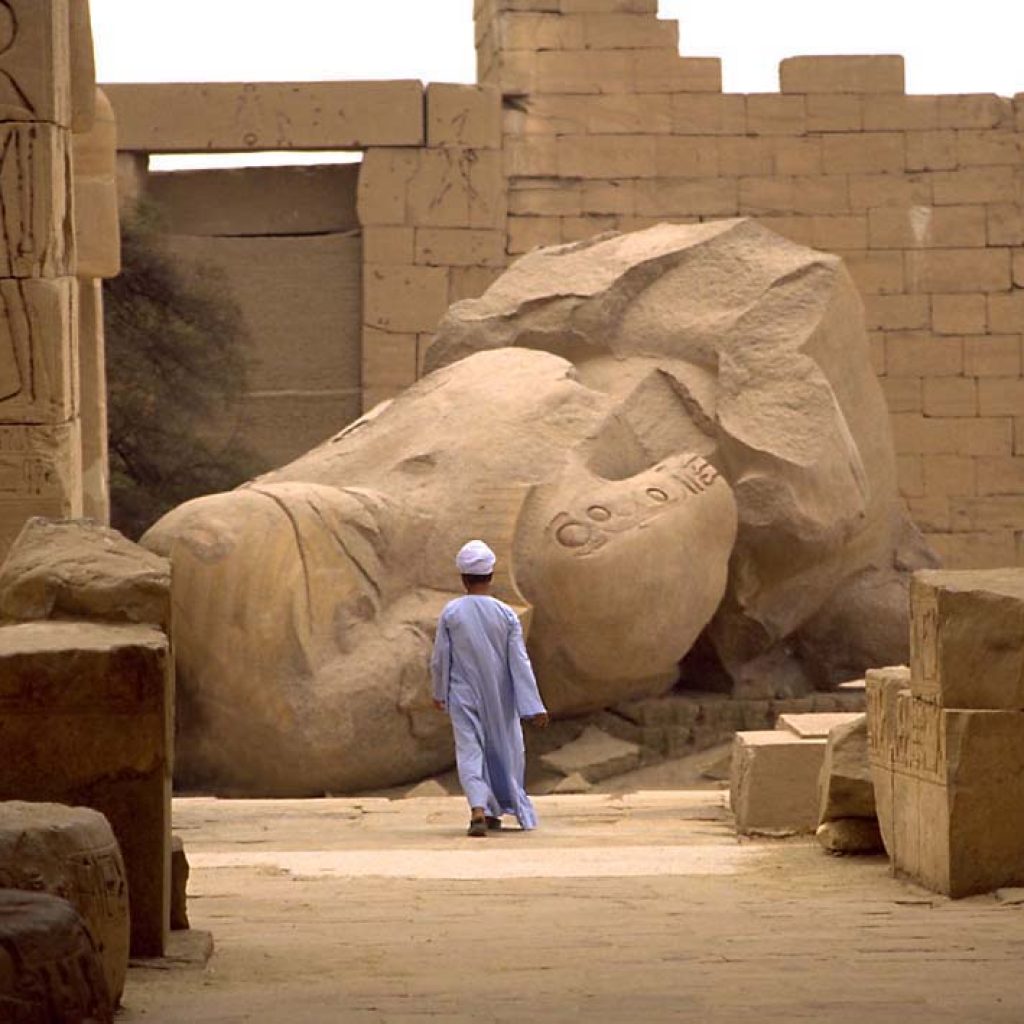
One of Ramesses II’s most enduring legacies lies in his military exploits. Throughout his reign, he waged numerous campaigns to expand Egypt’s borders and assert its dominance in the region. His most famous military engagement was the Battle of Kadesh, fought against the Hittite Empire in present-day Syria. While the battle ended in a stalemate, he skillfully spun the narrative of victory, immortalizing his triumph in temple reliefs and inscriptions.
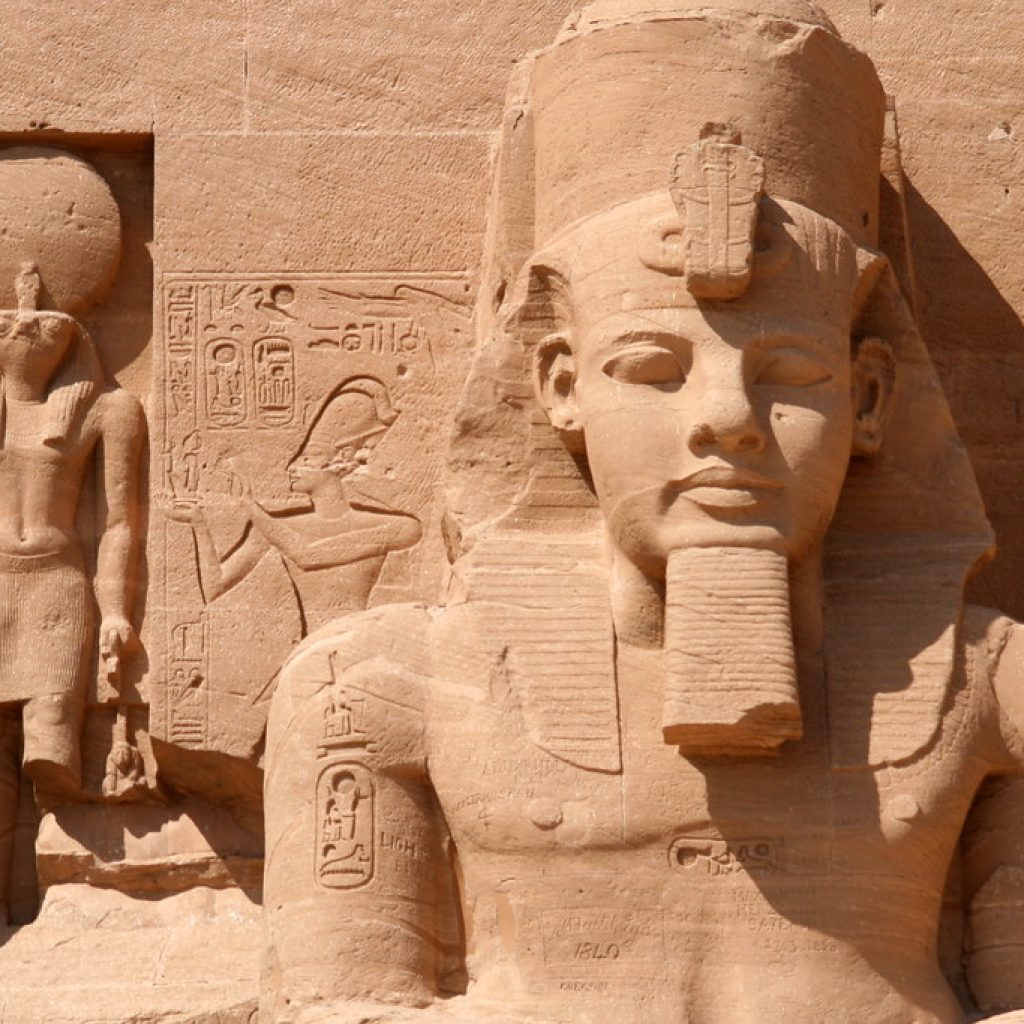
Ramesses II was a prolific builder, commissioning some of ancient Egypt’s most magnificent structures. From the awe-inspiring temples of Abu Simbel to the grandiose mortuary complex known as the Ramesseum, his architectural projects were unparalleled in scale and splendor. These monuments not only served as testaments to his power and divine status but also bolstered Egypt’s cultural prestige for centuries to come.
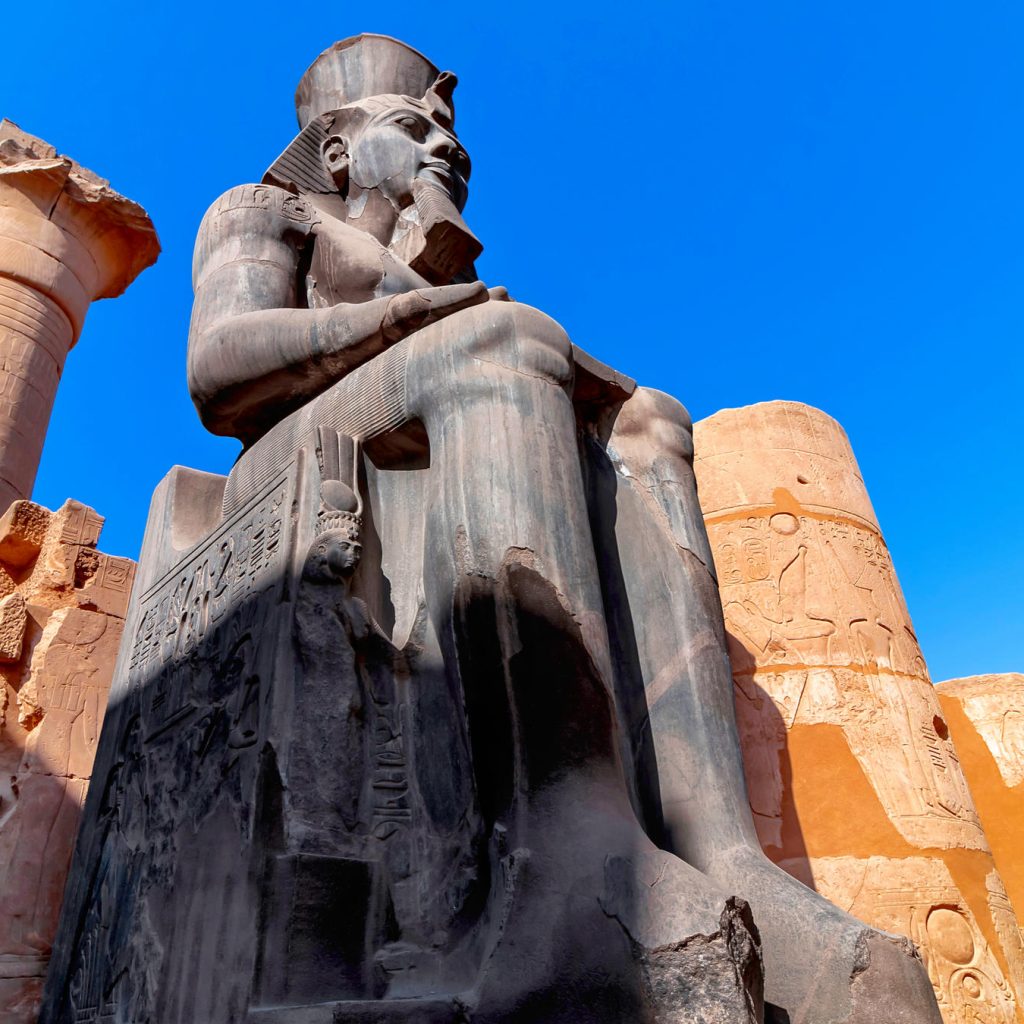
Beyond his military and architectural achievements, he cultivated a cult of personality that elevated him to semi-divine status in the eyes of his subjects. He was depicted in monumental statuary and reliefs as a heroic warrior and benevolent ruler, endowed with godlike attributes. His propaganda machine worked tirelessly to perpetuate this image, ensuring his legacy endured long after his death.
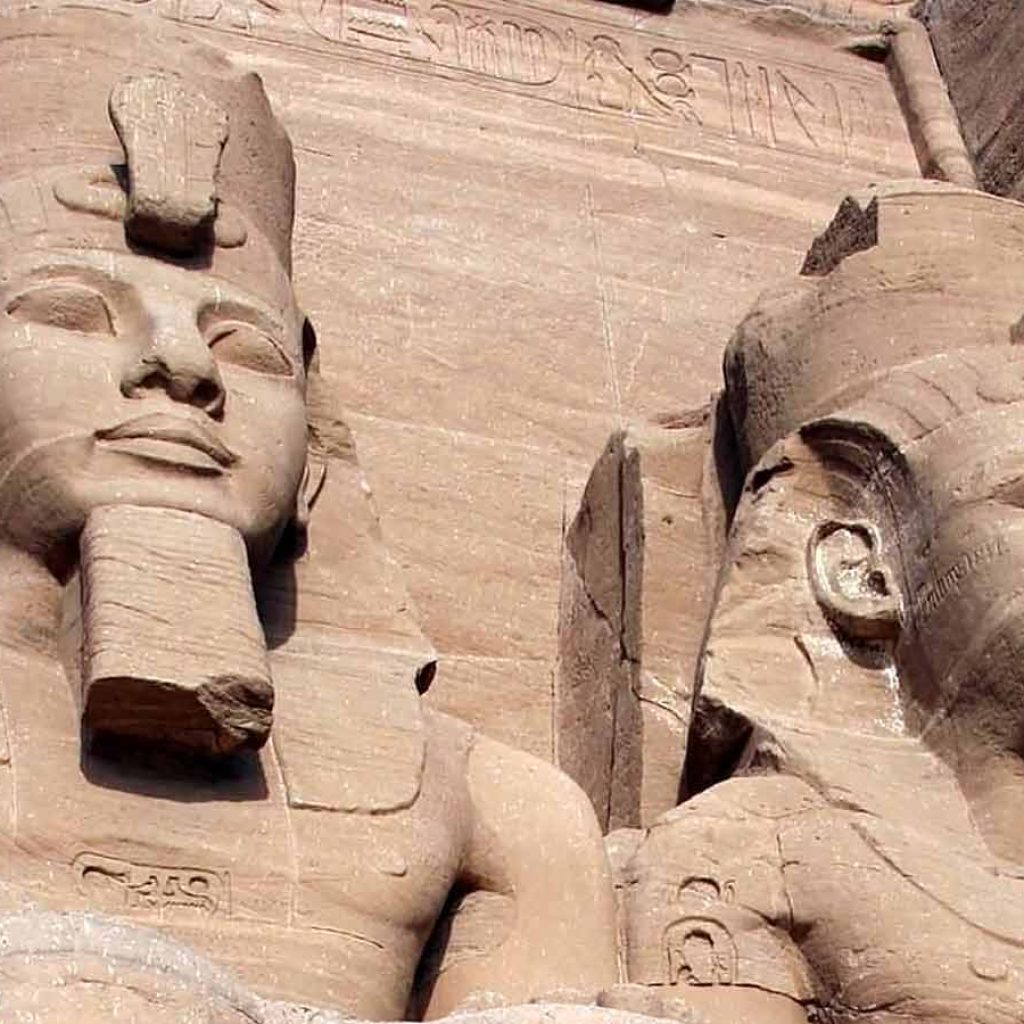
The reign marked the pinnacle of Ancient Egypt’s New Kingdom era, a period of unparalleled prosperity and cultural flourishing. His diplomatic acumen and military prowess solidified Egypt’s position as a dominant force in the ancient Near East. Moreover, his enduring legacy reverberates through the annals of history, shaping our understanding of Ancient Egypt’s golden age.
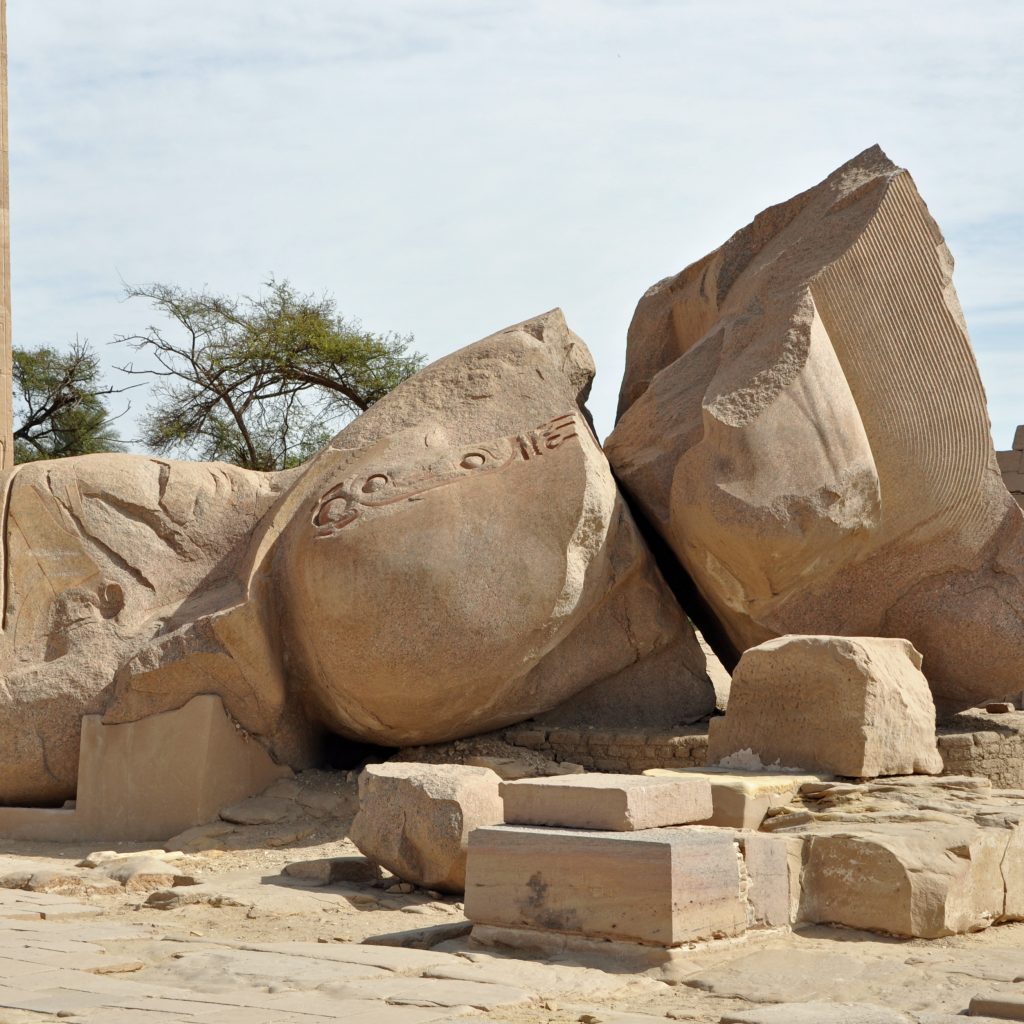
In conclusion, Ramesses II stands as a colossus in the annals of ancient Egyptian history. His reign was characterized by military conquests, architectural marvels, and a cult of personality that cemented his status as one of the greatest pharaohs to ever rule the Nile Valley. From the towering statues of Abu Simbel to the inscriptions detailing his triumphs at Kadesh, his legacy continues to inspire awe and fascination millennia after his passing. As we unravel the mysteries of Ancient Egypt, the figure of looms large, a testament to the enduring power of human ambition and ingenuity.

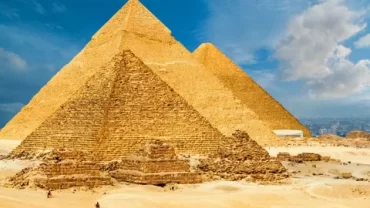



Comment (0)